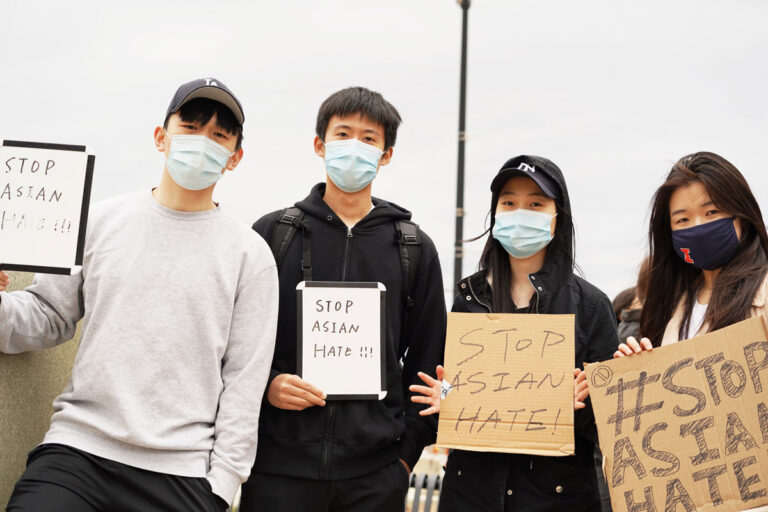Listen to members of the AAPI community in Champaign-Urbana in their own words
URBANA — Aaron Chun, a Korean-American college and career counselor at Centennial High School in Champaign, was walking around the University of Illinois campus at the start of the pandemic last year when a group of men drove up near him.
They clearly wanted to say something to him.
And they didn’t look friendly.
Chun got out his phone to record. At first, the men backed off. But as he rounded the corner, Chun said, they yelled out a racial slur.
“That was one of those things where, what can you do?” Chun said. “I’m not going to follow them, I’m not going to get their license plate number and say ‘hey cops, they said something bad to me.’”
“But it’s still racist. Still wrong.”
Chun’s experience is familiar to many people in the Asian American and Pacific Islander communities in Champaign-Urbana, who said the recent violence is reflective of systemic racism that’s been affecting them for decades.
Nationwide, reports of anti-Asian hate crimes increased 169% in the first three months of 2021 compared to the same time last year, according to new data from researchers at California State University in San Bernardino.
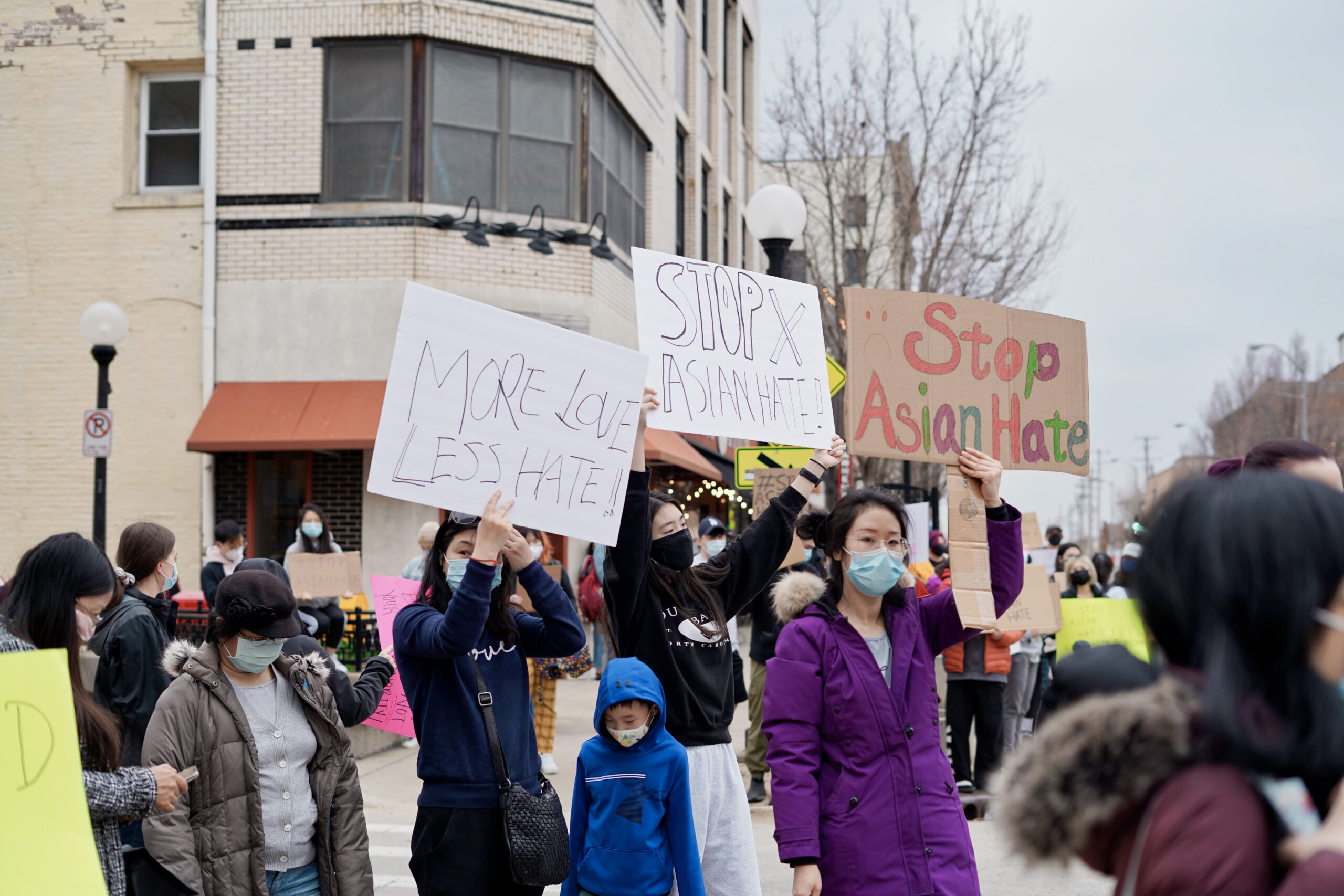
These researchers found that, among the reports made to police between last March and February, 68% were classified as verbal harassment, 21% as avoidance or shunning and 11% as physical assault.
But in the local area, there haven’t been any reports to the police about anti-Asian racism in recent months—not in Champaign, Urbana or the U of I campus.
“We have not been made aware nor have information related to any specific threat currently targeting our Asian American community,” said Tom Yelich, the Champaign police spokesman.
Similarly, Dave Smysor with Urbana police said in an email that his department hasn’t received any tips or heard of instances of anti-Asian violence in the community.
And university police haven’t received any reports of anti-Asian American violence or hate crimes in the past five years, said Patrick Wade, communications director for U of I police.
This doesn’t mean that anti-Asian sentiment isn’t on the university’s radar, however.
The University Bias Assessment and Response Team reported 18 non-criminal, bias-motivated anti-Asian incidents in the 2019-2020 school year.
So far this school year, the team has received six such reports, according to Debra Imel, co-chair of the team.
Despite the lack of police reports, however, Champaign-Urbana community members said they’ve noticed more hostility lately.
Kaitlyn Ho, a Vietnamese-American member of the University of Illinois’s Asian-American Association, said she’s noticed how people cough as they walk past her, move away from her on a bus or give her strange glances.
Describing these incidents as microaggressions—subtle acts of discrimination—Ho said she never realized it was racism until recently.
The media coverage of pandemic-related racism and the Black Lives Matter movement helped her reflect on her own experiences, she said.
“Asian-American racism is pretty quiet,” Ho said. “You don’t really hear about racism within our community. I think I just accepted it because I didn’t want confrontation or (to) call them out.”
She said it’s hard to pinpoint the exact cause of the rise in reported racism.
But the language President Donald Trump and some other politicians used to describe the Chinese origins of the COVID-19 virus was impactful, Ho said.
A Pew Research Center survey released in April found that 20% directly cited former President Trump and his rhetoric—he’s called it a “China virus”—as a reason for the rise in attacks. Some 16% cited general Asian racism as a reason.

“Government leaders have generalized a virus that can spread to anyone to a whole community,” Ho said. “You hear it so much and you create that association.”
Many community members said anti-Asian racism isn’t new but that it’s only getting more attention now.
Asian and Asian-American students at U of I have always been targets of verbal attacks and racist behavior, said David Chih, director of the U of I Asian American Cultural Center.
Chih said students have been coming to the center with these experiences since beyond the pandemic, but it’s been more evident and publicized in the past year.
Ham Gadel, a 20 year-old from Savoy, said it’s great to see the support for the AAPI community, but wonders where it’s been in the past.
“We’ve been facing these kinds of issues for years and years, but it seems like it’s just never been talked about on a national scale until now,” Gadel said about the Atlanta spa shootings in March that left six Asian women dead.
Historical and cultural factors
Despite the increase in reports of hate incidents and crimes nationwide, Sharon Lee, an education professor at U of I, said there are probably even more happening than what’s being reported.
“The fear and risk are real, that reporting an attack can come with increased violence against you if you speak up,” she said.
Lee said documenting hate crimes and incidents in general is difficult because people don’t want to talk about them.
And in the AAPI community, she said, there are often cultural and language barriers at play.
She said her own Korean immigrant parents always told her not to make trouble or “rock the boat,” which they said would make it harder to succeed in America.
But beyond the barriers, Chih said it’s important to understand the historical context of anti-Asian racism.
“Anti-Asian sentiment has been in this country since Asians have been here,” Chih said. “We’re so often left out of the narratives of race in this country and are too often dismissed as ‘forever foreigners.’”
Chih said this systemic racism can be traced to the Chinese Exclusion Act in 1882, which aimed to control the influx of Chinese migrants looking for work during the California gold rush.
“Asian scapegoating isn’t new,” he said.
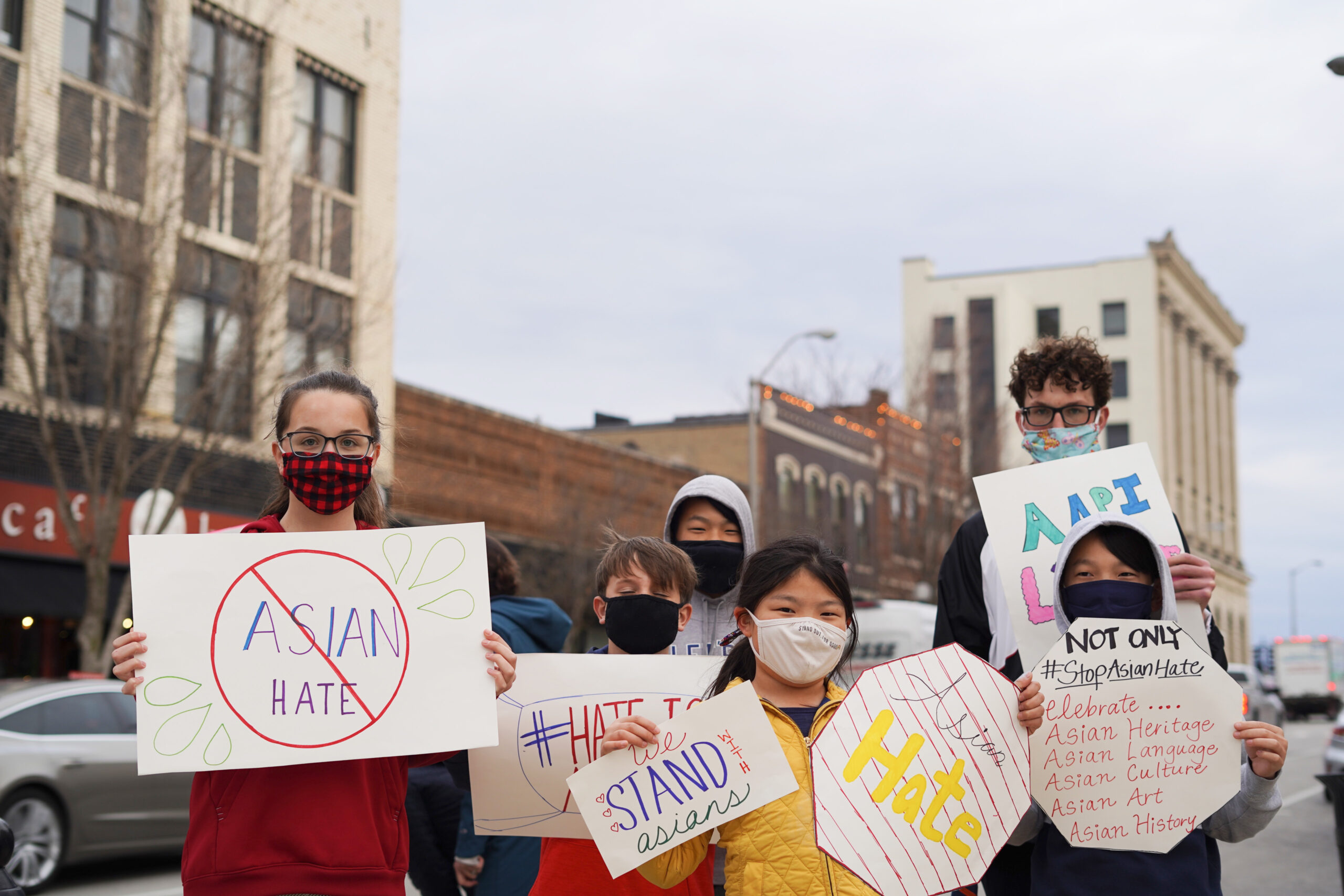
Among the examples Chih cites: Japanese internment during World War II and the post-9/11 hate crimes against Middle Eastern and South Asian Americans.
Asian racism also encompasses the unique misogyny and stereotypes that Asian women have experienced for decades, said Maryam Kashani, a gender and women’s studies professor at U of I.
The killings of six Asian women in Atlanta spa shootings in March—where the shooter said he carried out because he wanted to eliminate a sexual addiction—sparked discussion among the AAPI community about how gender has always been racialized for Asian Americans, Kashani said.
“I find it unfortunate that it takes mass shootings to awaken people to the way that Asian Americans have continuously experienced a lot of violence, a lot of stigma and a certain level of visible invisibility,” Kashani said.
Stop AAPI Hate, a national group that collects data about AAPI hate and harassment incidents, reported that between last March and February, Asian women reported 2.3 times more hate incidents than men.
Karena Tse, a U of I senior and Chinese-American, said the shootings reminded her of abusive relationships she’s had with white men.
She said she was fetishized for her race. That is, she was seen as a passive, sexual object rather than a human being.
“There are people in the world who have these things in their brain that keep them from seeing Asian women as people,” she said. “I’ve always been aware that’s been a thing, but I never processed that as violence or racism until recently.”
Moving forward and continuing conversations
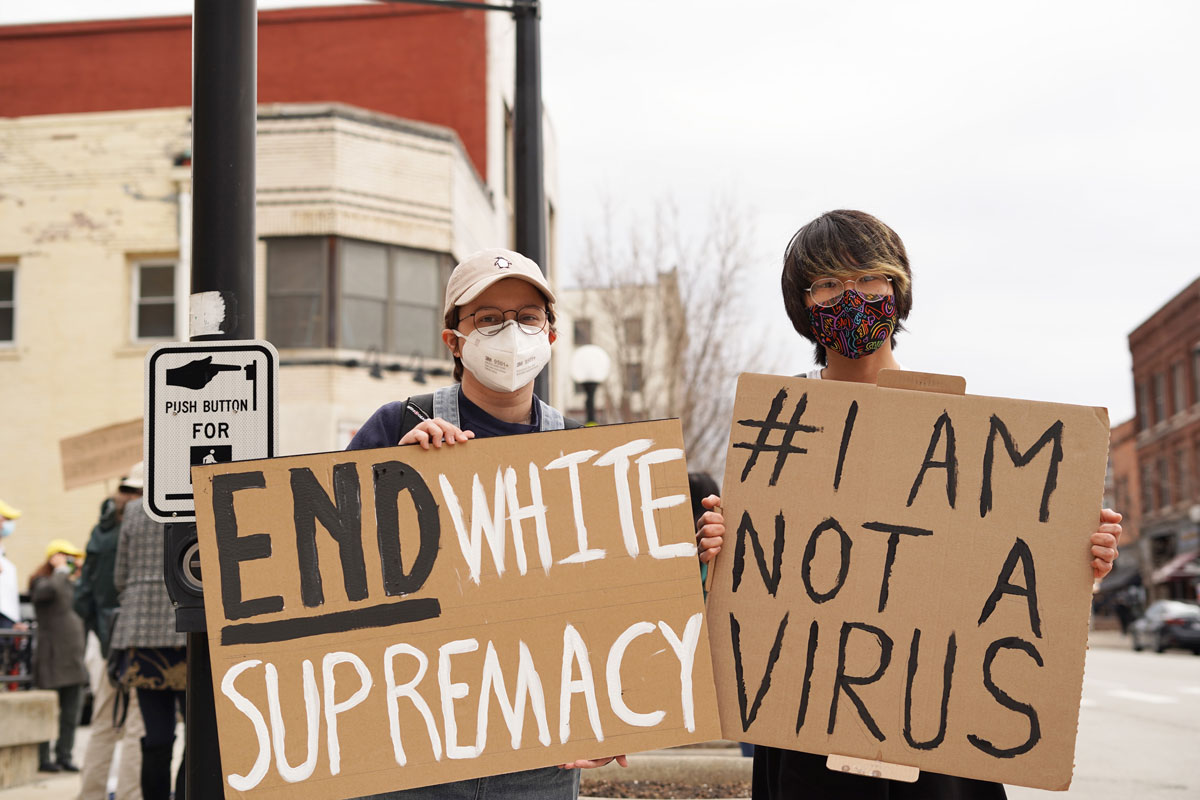
Several members of the AAPI community said they are expecting media coverage of the systemic racism they’ve experienced for decades to die down.
But they also said that doesn’t mean they’ll be silent moving forward.
Catherine Shieh, a bystander intervention trainer with Asian Americans Advancing Justice in Chicago, said she welcomes the increased interest in learning how to intervene in cases of violence or harassment.
“You want to meet the demand that’s there,” Shieh said. “But the bigger question is how do we ensure that we’re learning about the Asian American experience not only in the context of pandemic-related hate?”
Shieh said some of the conversations about systemic Asian racism today wouldn’t be possible without the Black Lives Matter movement in the past year.
Discussions about whiteness and race have moved forward, allowing more nuance, she said.
Shieh and other educators said learning about AAPI history and having conversations in classrooms is a good start.
Kashani, the U of I professor, said she has students who ask her why they don’t learn about these issues earlier.
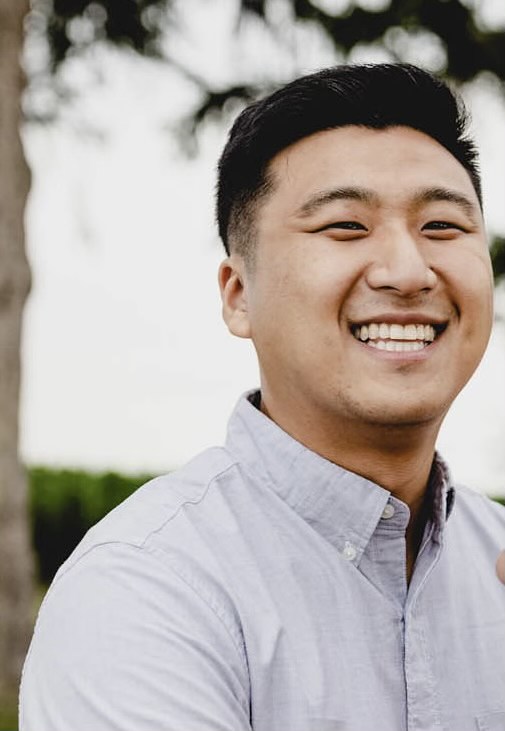
She said there needs to be more narratives included in history education.
“It’s a starting point to changing people’s consciousness about American history,” she said.
Chun, the Champaign high school career counselor who’d been followed on the University of Illinois campus, said he’s looking for ways to make changes in his school district.
This included pushing district officials to release a statement in multiple languages— including Asian languages—after the Atlanta shootings and planning a solidarity event for students and staff to discuss their feelings.
Chun said he’s been opening up about his own experiences to be a role model for students, despite personal fears.
One teacher at the school asked Chun to speak to her class after the Atlanta shooting about the broader context of anti-Asian racism and his own experiences. He said he received encouraging feedback from students after that talk.
“It’s moments like that, as an educator, that you live for,” Chun said.
He said he acknowledges that not everyone will feel the same as he does, but he wants to make sure students feel supported.
“I’m just hoping as I share and as they see these things that they would, out of their own volition, want to do something about it as well,” Chun said.
“I really do know the value of how one person’s interaction with another can change lives.”

